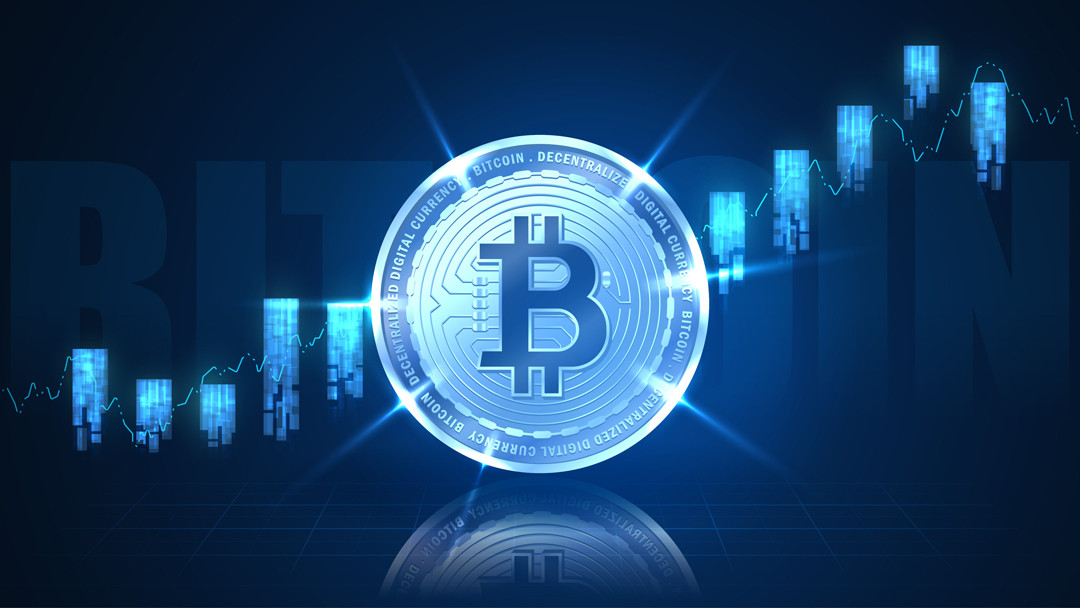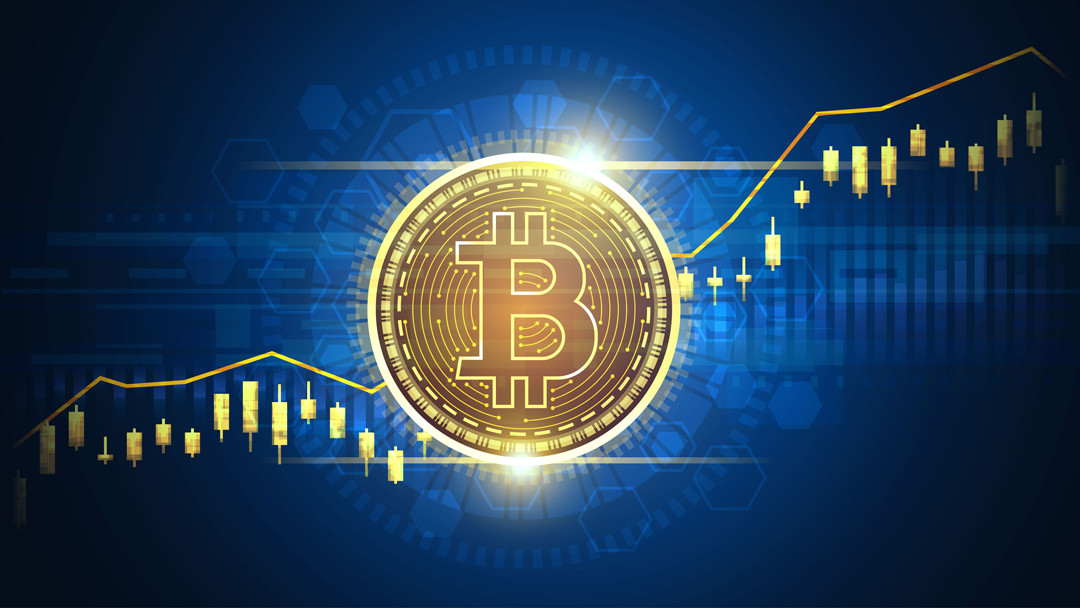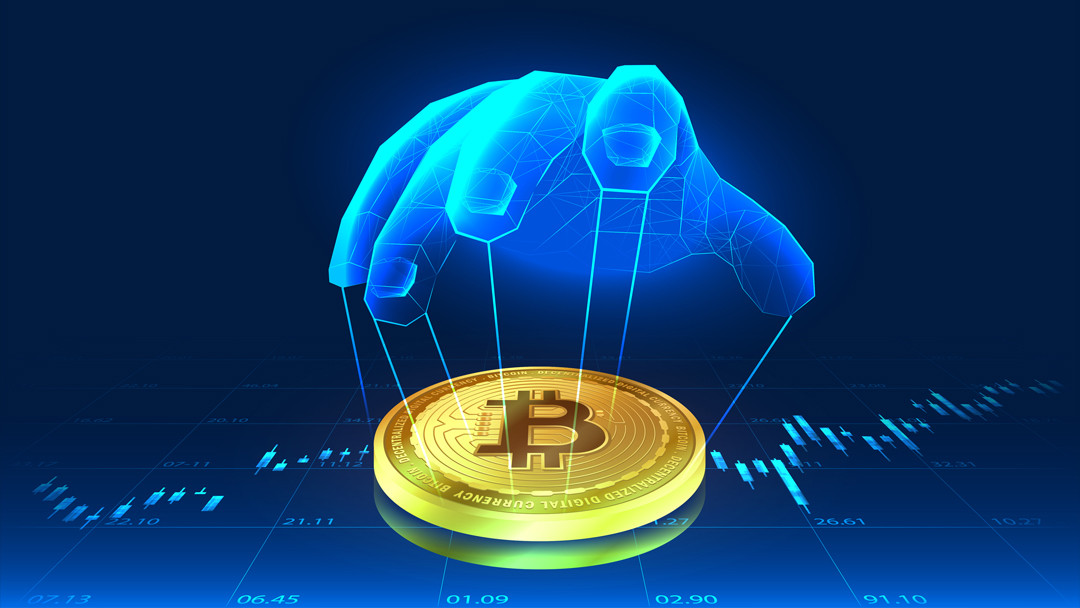
- By admin
- Oct 18 2023
How Does Inflation Influence the Cryptocurrency Market?
Discover how inflation impacts the cryptocurrency market, from Bitcoin’s role as ‘digital gold’ to central bank policies.
Key Takeaways
- Inflation can erode fiat currency value, prompting some investors to seek alternative stores of value like gold, real estate, and cryptocurrencies.
- Bitcoin is often called ‘digital gold’ due to its fixed supply cap of 21 million coins, but its high volatility challenges its reliability as an inflation hedge in the short term.
- Monetary policy significantly impacts crypto markets — higher interest rates often reduce risk appetite, while low rates and money printing often drive speculative investment in crypto.
- In countries facing hyperinflation or currency devaluation, cryptocurrencies can serve as an alternative store of value.
- Institutional investors and corporations are increasingly integrating Bitcoin into portfolios and corporate treasuries, potentially as a hedge against inflation, contributing to its evolving market dynamics.
- Decentralised finance (DeFi) and stablecoins provide alternative ways to navigate inflation, offering yield-generating opportunities and more stable digital assets.
- Long-term holders are recommended to view cryptocurrencies as part of a diversified strategy, rather than a guaranteed hedge against inflation, given their evolving role in global finance.
- Regulatory changes, technological advancements, and shifting global economic conditions will continue shaping the relationship between inflation and cryptocurrency markets.
- Traders should monitor inflation indicators and central bank policies, as these factors can heavily influence crypto price movements and overall market sentiment.
Introduction — What Is Inflation and How Does It Affect Crypto Markets?
Inflation, traditionally defined as the sustained increase in the general price level of goods and services in an economy, erodes the purchasing power of fiat currencies over time. When inflation rises, investors typically seek assets that can serve as hedges against this loss of value. Historically, these have included precious metals (like gold), real estate, and certain commodities.
Bitcoin as ‘Digital Gold’
Bitcoin, often referred to as ‘digital gold’, has emerged as a potential inflation hedge in the modern economy. This perspective stems from several key characteristics.
First, Bitcoin has a fixed supply cap of 21 million coins. Unlike fiat currencies, which can be printed at will by central banks, Bitcoin’s supply is programmatically limited. This scarcity feature has led many investors to view it as a store of value during periods of high inflation.
However, the reality is more nuanced than the simple narrative suggests. While Bitcoin’s fixed supply makes it theoretically resistant to inflation, its price volatility can overshadow potential benefits as an inflation hedge in the short term.
Monetary Policy, Inflation, and Cryptocurrency Markets
Central bank responses to inflation can have a significant impact on cryptocurrency markets. When inflation rises, central banks typically respond by raising interest rates. This monetary tightening has several effects on the crypto market.
Higher interest rates make yield-bearing investments more attractive, potentially drawing capital away from cryptocurrencies. When investors can earn meaningful returns from ‘risk-free’ government bonds, the opportunity cost of holding cryptocurrencies — generally seen as riskier assets — increases.
Traditionally, the availability of cheap money during low-interest-rate environments often fuels speculation in risk assets, including cryptocurrencies. Especially in 2024, the crypto markets showed immediate responses to interest rate adjustments by the US — the lowering of interest rates coincided with bullish sentiment and price increases in the crypto market.
Conversely, when central banks raise rates to combat inflation, this can lead to a ‘risk-off’ sentiment, affecting crypto markets particularly hard due to their perceived high-risk nature.



